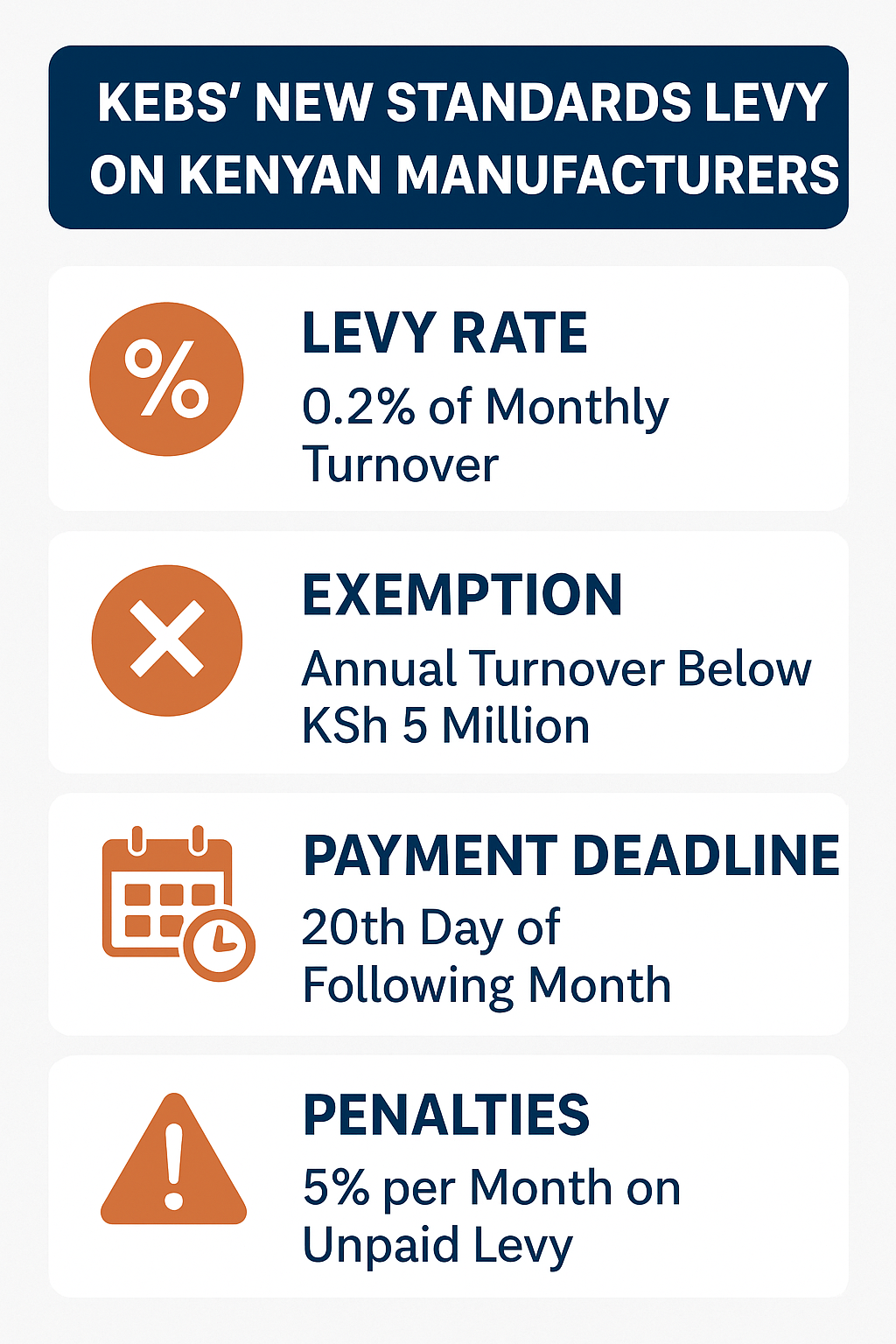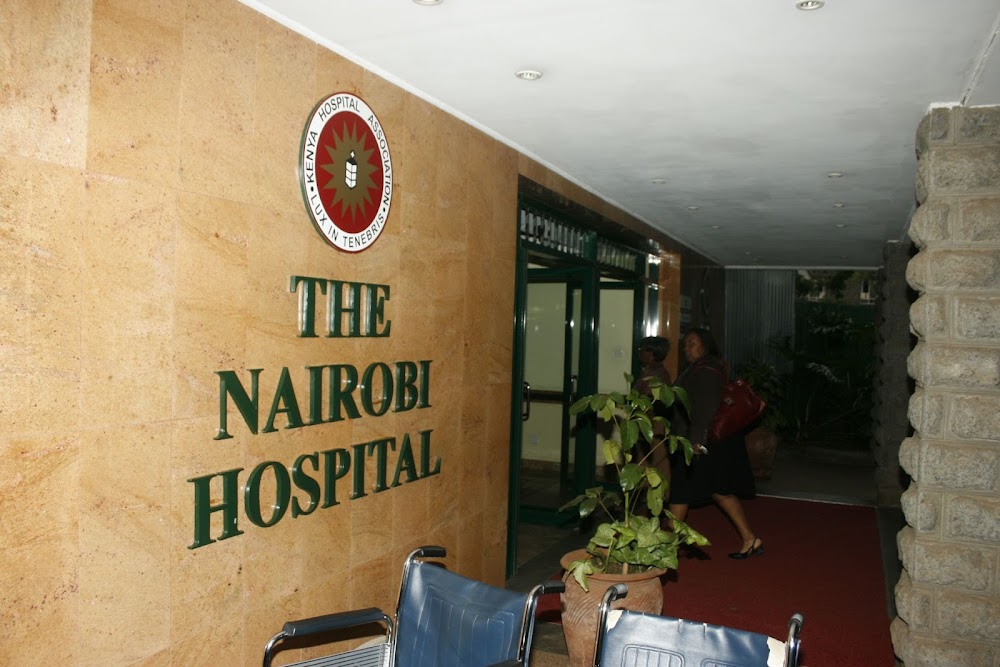Horticulture is a powerful force driving Kenya’s economy. It contributes significantly to foreign exchange earnings and provides income for many small and large-scale farmers. Choosing the right crops can mean the difference between struggling and thriving in this sector.
Growing profitable horticultural crops gives farmers a chance to meet local demand and tap into export markets. If you want to succeed in Kenyan agriculture, focusing on high-return crops is key.
This guide highlights some of the most profitable horticultural crops in Kenya to help you decide what to grow for the best income.

Profitable Horticultural Crops In Kenya That You Should Consider
Kenya’s climate and soil conditions suit a variety of horticultural crops. By growing these crops, you can make good money from both local markets and exports. Below, we explore some of the top horticultural crops and why they stand out in profitability and demand.
Tomatoes and Garlic Offer High Returns
Tomatoes remain one of Kenya’s top horticultural crops because of their wide use in Kenyan kitchens and food processing. The Anna F1 variety is the best breed to plant. It produces over 30 tonnes per acre and matures quickly, giving you faster returns on your investment. However, to get the best yield, you need to learn proper farming techniques such as watering, pest control, and fertilizing.
Garlic is another high-value crop that farmers often overlook. It takes about six months to mature and can produce up to 2.5 tons from just a quarter-acre. Garlic sells for around Kshs 150 per kilogram in local markets, making it a very lucrative crop. It also has health benefits, making it popular among health-conscious consumers. Garlic farming requires less space and can be very profitable with good farm management.
Flowers and Cabbage Capture Both Local and International Markets
Kenya’s flower industry is world-renowned. Growing flowers like roses can be highly profitable because of the strong demand in the international market.
Many farmers partner with exporters to sell flowers through Kenya’s floriculture hubs. Flowers require careful attention to climate, soil, and irrigation, but the rewards can be significant with the right setup.
Cabbage is a staple vegetable in Kenyan households. It grows quickly, taking about two months to mature. One acre can produce up to 19,000 heads of cabbage, which could bring in about half a million shillings if managed well.
The key to success is protecting the crop from pests and diseases and ensuring consistent watering. Cabbage farming has a stable market, especially near urban centers.
Other Profitable Crops That Farmers Should Explore
Onions are another widely consumed crop with good profit potential. The F1 variety produces about 23 tonnes per hectare and matures in three months.
This short growing period allows farmers to harvest onions three times a year, increasing annual income. Onions are used in almost every Kenyan meal, guaranteeing strong local demand.
Spinach is less common in most households but sells at a good price in local markets due to its rich nutrients. It is a great crop for farmers who want to diversify and tap into niche markets.
Kale or sukumawiki is very popular in Kenya and easy to grow. It can be harvested weekly for up to five months, providing continuous income and a reliable market.
Passion fruit is a fruit with both local and export demand. The purple and yellow varieties are common in Kenya. Passion fruits sell for between Kshs 40 and 100 per kilogram locally and even more for export. This fruit requires moderate care but can be very rewarding, especially with proper post-harvest handling.
Lettuce is a nutritious vegetable gaining popularity in urban areas. It requires good soil and consistent watering but yields well. Lettuce heads sell for between Kshs 70 and 100 each. Farmers who position their farms near cities or supply supermarkets can earn a steady income from this crop.
Dania, commonly known as coriander, is used widely as a food flavoring agent. Its high demand in Kenyan kitchens makes it profitable. With a small investment in seeds costing about Kshs 1000, you can generate profits of up to Kshs 40,000 within two months. Dania grows quickly and can be sold fresh or dried.
How To Maximize Profits With Horticultural Crops In Kenya
Understanding the market and crop requirements helps you maximize profits in horticulture. Choose crops with high local demand or export potential. Focus on quality and proper farm management to improve yields.
Invest In Proper Farming Techniques
Learn the best farming practices for your chosen crop. This includes soil preparation, planting, watering, pest and disease control, and harvesting.
For example, tomatoes and onions require careful pest management to avoid crop losses. Use quality seeds and fertilizers to boost production. Irrigation systems, like drip irrigation, help maintain optimal moisture levels and save water.
Access To Markets Determines Your Income
Having a ready market is crucial. For crops like flowers and passion fruit, link up with exporters and traders who can take your produce to international markets. For leafy vegetables like kale, spinach, and lettuce, local markets, supermarkets, and hotels offer great selling points.
Build relationships with buyers to ensure steady sales. You can also explore processing opportunities, like making tomato paste or passion fruit juice, to add value and increase profits.





































